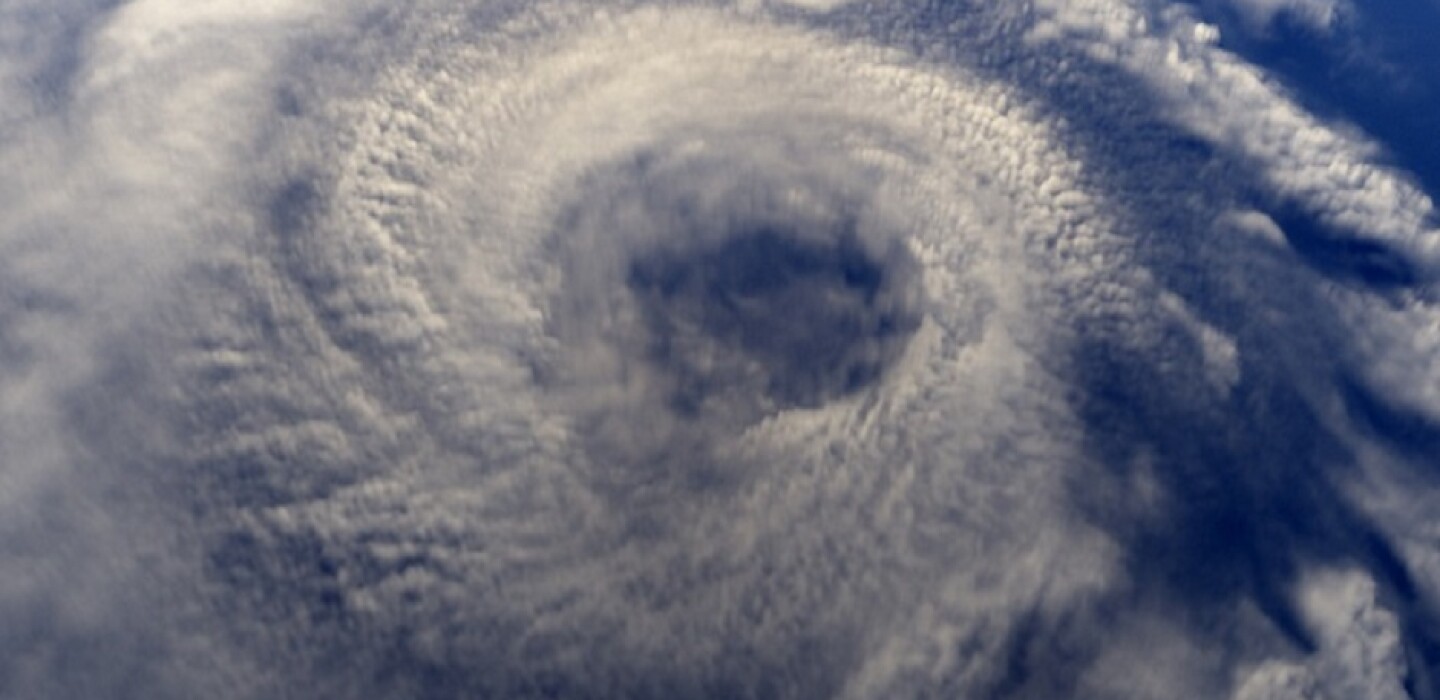
What Hurricane Forecasters Do When There Are No Storms
(TNS) – Between the hum of the plane’s engine and the blasting winds outside, Cmdr. Adam Abitbol listens to what he calls his playlist du jour. It’s sometimes made up of hip-hop. Or Indie. Or classical. But never country.
This is a routine for Abitbol, who spent about 250 hours in the air last year — the equivalent of about 10½ days.
For six months of the year, Abitbol is a pilot for the National Oceanic and Atmospheric Administration’s Hurricane Hunters, based in Lakeland.
Just a few hundred miles away, in Miami, forecasters hunch over screens scrutinizing models 24/7 during hurricane season, which stretches from June 1 to Nov. 30.
It’s a rinse-and-repeat cycle for the forecasters, scientists, pilots and crew behind the hourly hurricane forecasts — track, fly, forecast.
The public is hyperaware of the National Oceanic and Atmospheric Administration’s work during the hurricane season.
But the offseason can at times be even busier.
The offseason at the National Hurricane Center
In December, the National Hurricane Center’s forecasters begin reviewing hurricanes from the past season. The team of about 10 forecasters chronicles the life of a hurricane — where it tracked, how strong it was, how long it lasted and the destruction it caused.
The result is an authoritative record of that individual storm, said John Cangialosi, acting branch chief of the Hurricane Specialist Unit at the National Hurricane Center.
Ultimately, the reports allow forecasters to scrutinize themselves. The Hurricane Center wants to know what it got right and wrong.
Larger storms like Hurricane Ian have multiple forecasters working on the review at once.
After the reviews finish around February, the forecasters spend the rest of the season in workshops.
The Hurricane Center trains city managers from across the United States. These are the people who make evacuation calls. Over three weeks, the Hurricane Center teaches them when to make the tough decisions based on its forecasts.
“We want them to understand what will be coming their way,” Cangialosi said.
After those three weeks, the Hurricane Center forecasters teach other international meteorologists. Then they go on tour, visiting other states to teach their emergency officials.
Come June 1, forecasters fixate on the weather. That’s all they do, Cangialosi said. The offseason requires more multitasking, which is why it can feel busier, he said.
Flights in the offseason
The No. 1 question Abitbol gets asked is “what’s it like to fly in a hurricane?” A close second is, “what do you do the other six months of the year?”
The administration creates a fiscal year allocation plan for its nine planes. The plane’s tasks could be as simple as maintenance or pilot training. Other planes will be dedicated to research projects, some that could span the entire year.
So far this year, pilots have been flying missions out of Hawaii to study the atmospheric rivers that have dumped heavy rain in California. On the other side of the country, a Twin Otter, one of the National Oceanic and Atmospheric Administration’s smaller two-engine planes, is recording the dwindling population of North Atlantic right whales. In the Florida Keys, another Twin Otter is mapping the changing coastline.
Outside of a pilot’s time in the air, they all have ground jobs that assist in the day-to-day activities at the National Oceanic and Atmospheric Administration’s ’s aircraft operations center. Pilots may budget, train other pilots or perform a number of other jobs that keep the building running.
In the offseason, Abitbol is a test pilot. And for his ground work, he’s taking on the role of chief of operations.
“We’re all spread out,” Abitbol said. “We all have different roles that augment the flying.”
Hurricane season or the quiet season, which is better?
There are pros and cons to each part of the year.
“The beauty is, it feels balanced,” Cangialosi said.
There is time to build relationships with people that isn’t possible during the hurricane season. Cangialosi can make fulfilling connections with people through talking and teaching while the Atlantic is quiet.
On the other hand, the hurricane season sizzles with energy. It’s just exciting, he said.
For the crews in the air and on the ground at the National Oceanic and Atmospheric Administration, the hurricane season is exhausting. However, Abitbol said the crew finds solidarity in each other and their passion for the job.
“The folks that get on those airplanes to fly the hurricanes, I think we all love what we do,” Abitbol said
It’s the most dynamic flying for a pilot, he said. Everyone knows their roles and moves in harmony. And by the time the plane lands, their data has already contributed to a new track.
“That’s exciting. It’s like this is a direct result of what we’ve done,” Abitbol said. “You don’t get that very often in work, especially in aviation, so that part is very rewarding.”
Abitbol finds fulfillment in other research outside of the hurricane hunter flights, including flying fast and low above snowy regions and recording snowpack. The pilots on these missions record data that people rely on to save lives and property should an area flood, he said.
The two missions are different, but both are rewarding, Abitbol said.
“If you asked me in October after six straight weeks of flying hurricanes how I feel about it, I may feel a little different,” he said.
©2023 Tampa Bay Times. Visit tampabay.com. Distributed by Tribune Content Agency, LLC.


Average Rating